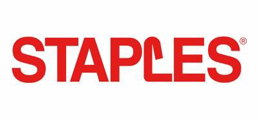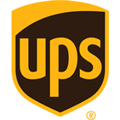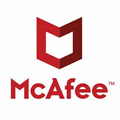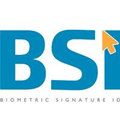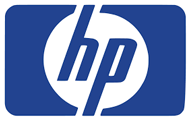Mainstream Email and Data Services Might Be Spying on You
The Internet nowadays flourishes on personal data. Many of the world’s largest companies rely on this intangible commodity that users have been too willing ‘donating’ as an exchange for a ‘free’ service.
 As data replaces oil as the new premium commodity, buying and selling data is big business. While some companies do it legitimately, some entities do it illicit.
As data replaces oil as the new premium commodity, buying and selling data is big business. While some companies do it legitimately, some entities do it illicit.
Let’s look at some stats:
- Every day, there are more than 10 million hacker attacks
- Every hour, more than 228,000 data records are lost or stolen
- In 2017, thousands of data breaches exposed most everything from log-in names and passwords to Social Security numbers
But what is even more alarming, mainstream email and data services collect and then sell the data, such as: location, Internet search history, photos, files, and of course, more sensitive personal information. Sometimes they are compelled to give this information to the authorities without informing the owner of the data.
So, everyone is at risk of being monitored and lose valuable personal data.
However, there are ways to protect your data online. One of the ways of doing it is by using Secure Swiss Data free encrypted email. This company has created easy-to-use secure email which has the following benefits:
- End-to-end encryption – data is always encrypted, encryption is happening on a user’s device and data is stored encrypted on the Secure Swiss Data servers.
- Swiss protection of the data – The servers are located in Switzerland under 320m of granite in the Swiss Alps. In addition, users’ data is protected by Swiss laws. In fact, Switzerland has some of the most stringent privacy laws in the world.
- No Ads – another benefit is that they never display ads. This means the company has no reason to collect your data. They are not able to reador scan emails nor tracks any location information.
- Privacy by Design – They use this approach which ensures that privacy is considered throughout the engineering process.
You can download Secure Swiss Data an Android or iOS app, and register a FREE account. With all the updates, so far, you can:
- Send encrypted emails with attachmentsnot only to Secure Swiss Data users, but also to other third party email users.
- Set expiration timer for emails so that they are automatically deleted from your and your recipients’ mailboxes after a set period of time.
One system to protect communications online with integrated blockchain
However, it seems that Secure Swiss Data team don’t want to stop there. They want to do more to secure communications and protect privacy online. At the same time they don’t want to depend on any third party or government investment. So, they are now starting a crowdfunding campaign:
To provide the world with a unique single encrypted communications and collaboration system that will include the following features: end-to-end encrypted email, calendar, notes, tasks, file storage, collaboration in encrypted files, and end-to-end encrypted messenger.
On top of the end-to-end encryption, the Secure Swiss Data team will integrate blockchain in the system and therefore add another layer of security, which would increase customer convenience and quality of data protection online.
The cause – Take control over your data, and protect your Online Privacy
One of the best parts of using the Secure Swiss Data services is that you know where the company stands. They have clearly stated that they believe in privacy as a human right and civil liberty. User’s data should be kept private, and no one should be able to get into those personal accounts unsolicited.
Furthermore, they say: “Privacy is not about having something to hide, it’s about the right to control what you want to share and what you want to keep to yourself.”
So, have an opportunity to make the decision on what to share and what not.
And using services like the one from Secure Swiss Data, you can do just that: have control over your online data and communications.
Robert Siciliano personal security and identity theft expert and speaker is the author of Identity Theft Privacy: Security Protection and Fraud Prevention: Your Guide to Protecting Yourself from Identity Theft and Computer Fraud. See him knock’em dead in this Security Awareness Training video.



 Here are some packages available on the Dark Net:
Here are some packages available on the Dark Net: 1. Manage employee email
1. Manage employee email  Wearable Devices
Wearable Devices




